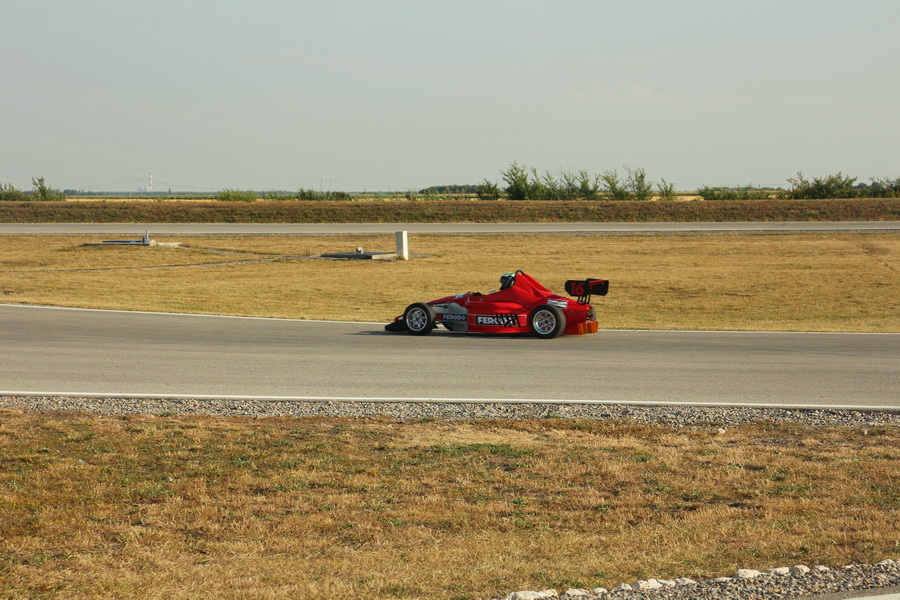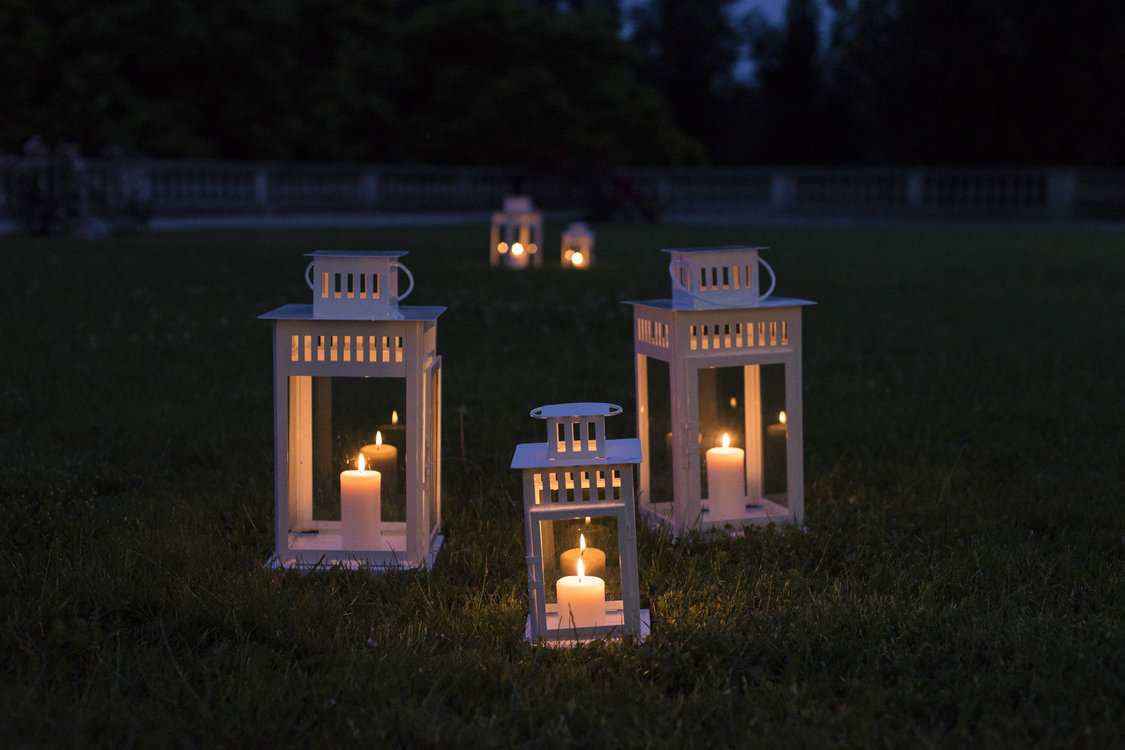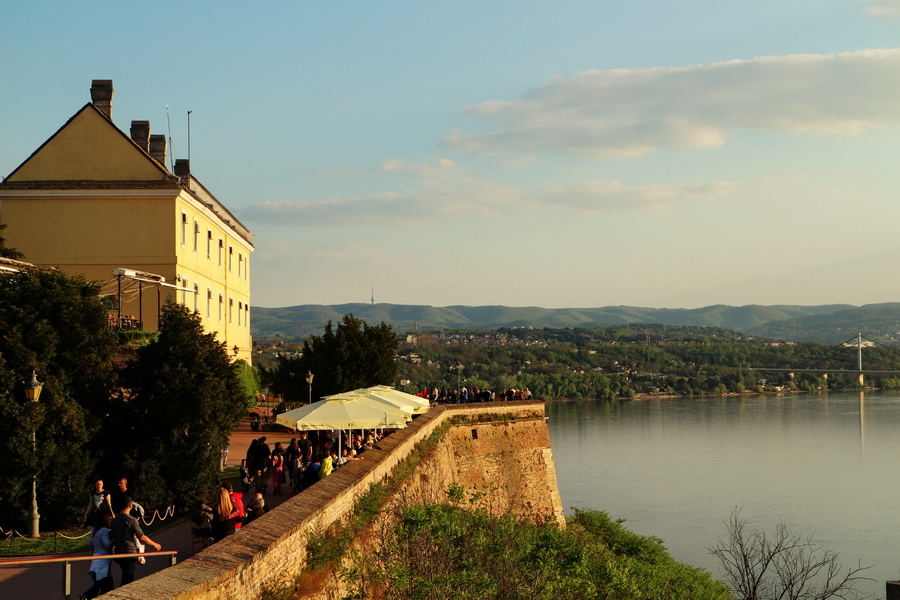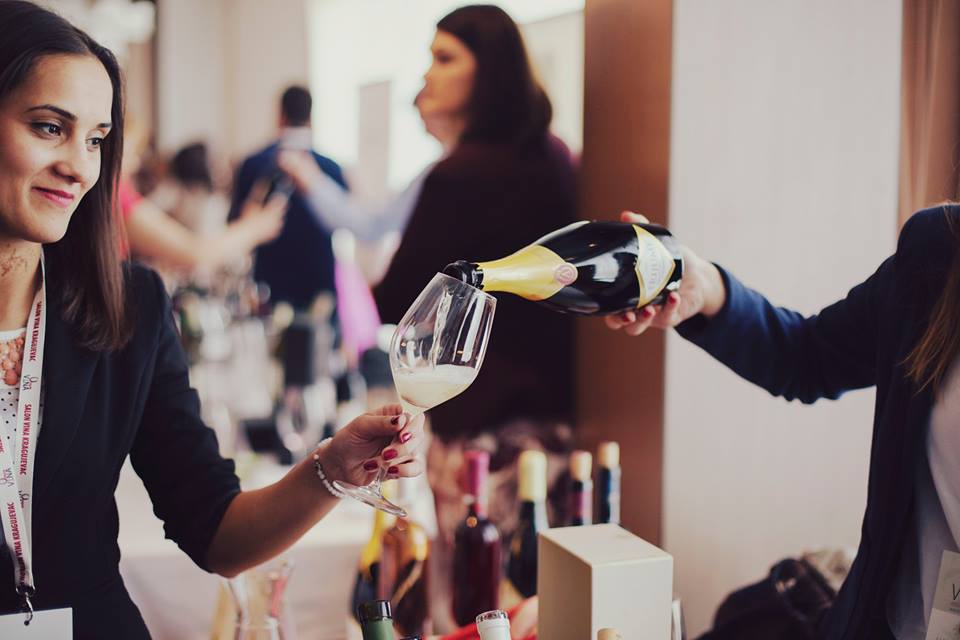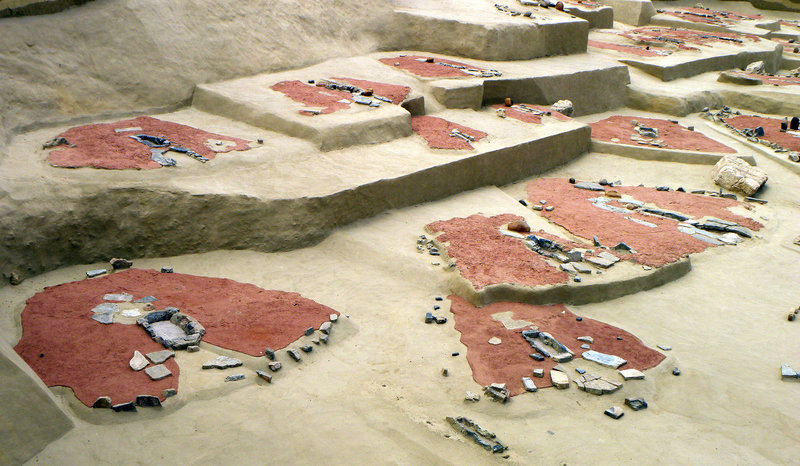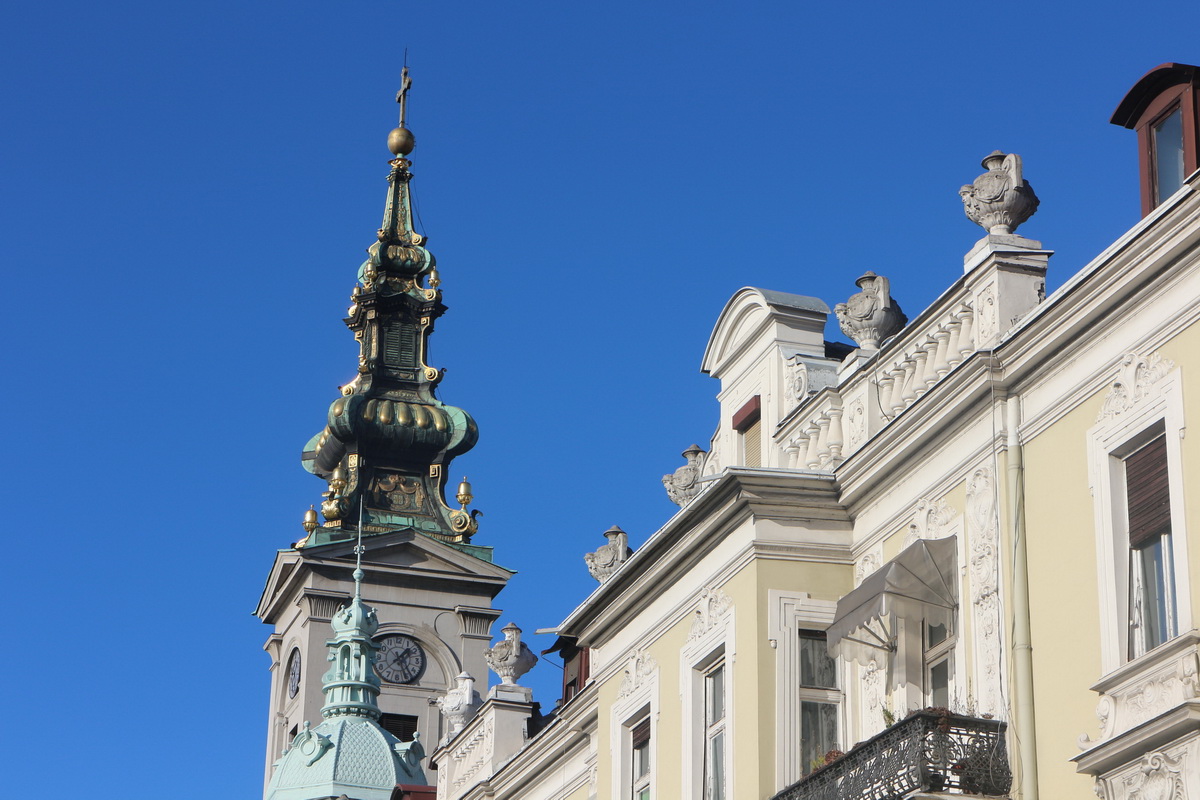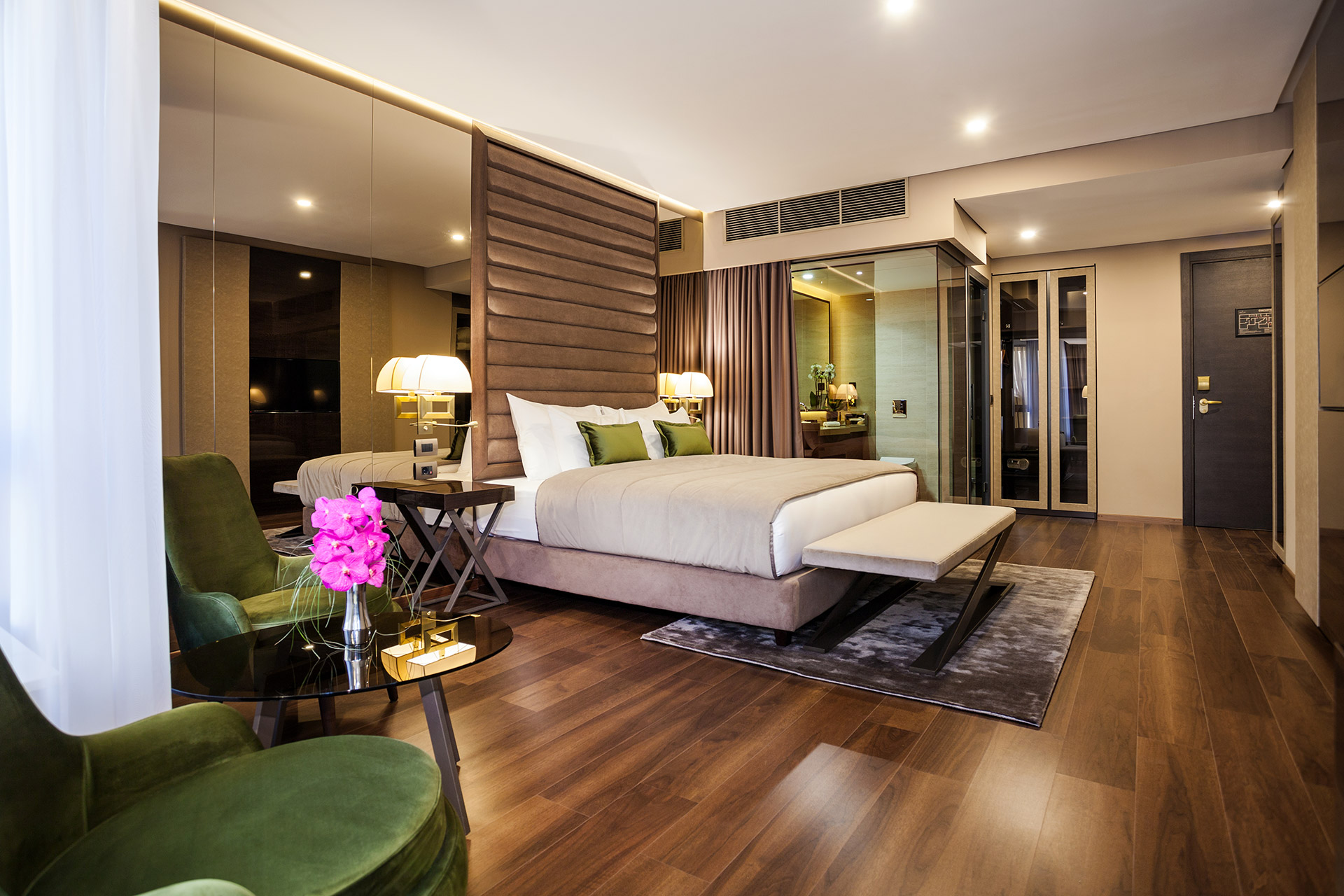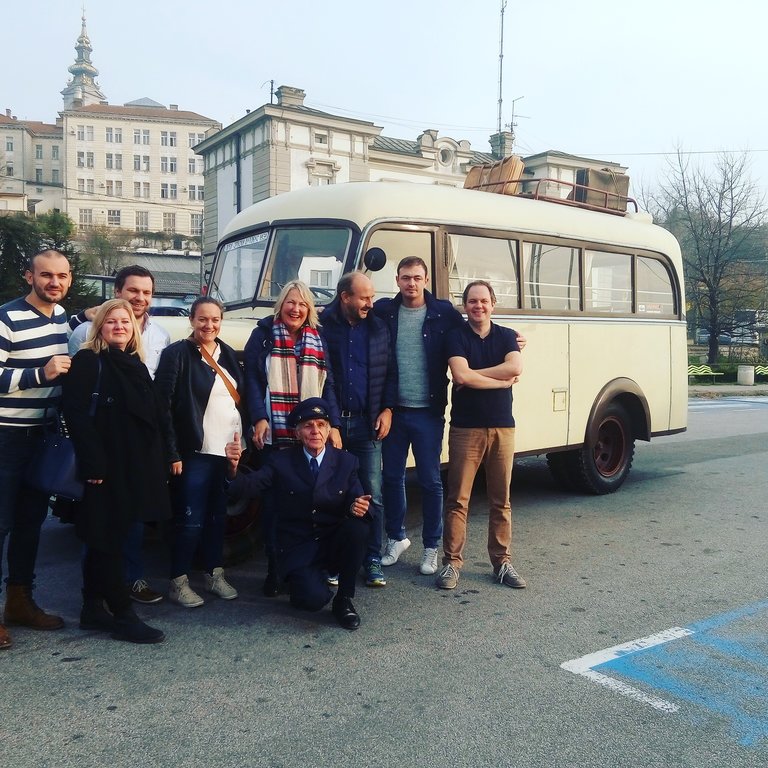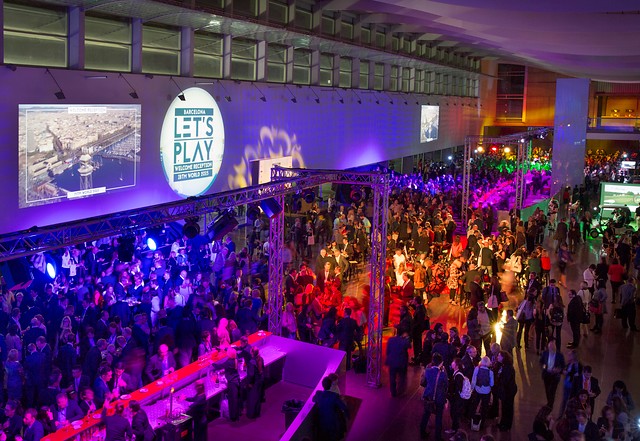Gala Dinner at Royal Compound
See you at IMEX 2017
Dear friends and partners, it will be our pleasure to meet you at IMEX 2017 in Frankfurt , Germany . We will be present at Euromic , Body and Soul International BV and Serbia Convention Bureau stands. 🙂
IMEX is the trade show and global industry event run by meetings professionals for meetings professionals. It’s where influencers from the world of meetings, events and incentive travel gather for three electric days of business, innovation and networking. Here you’ll find 3,500 global exhibitors including tourist boards, international hotel companies, airlines, destination management companies and technology providers. IMEX is also renowned for attracting top-quality hosted buyers together with thousands of trade visitors. You can expect up to 15,000 senior decision-makers. The show floor bursts with energy, buzzing with the sound of proposals being discussed and agreements finalised. Everything you need to accomplish your goals is under one roof at IMEX.
One spring day in Vojvodina – Novi Sad, Sremski Karlovci and Petrovaradin Fortress
Aleksandrovi? Winery
From the time immemorial the rolling hills of Oplenac were used to cultivate vines. A place of origin of the family Aleksandrovi? has deep connections with the ancient past.
During the Roman times that place was called Vincea, while in the Middle Ages it was called Vinica. Today the place is called Vin?a – which is a direct connection and association with the main activity of the local population. In the beginning of the XX century in nearby Vin?a, the Ven?ac Winemaking Cooperative was founded, and then vineyards and cellar of the Serbian and Yugoslav kings Peter I and Alexander I Kara?or?evi?, who spread the glory of wines from Oplenac far and wide, throughout Europe. The Aleksandrovi? family cultivates vines and makes wines for more than a century. From the very beginning they cooperated closely with the royal viticulturists and cellar masters and also were among founders of the Vin?a Winemaking Cooperative.
When the famous royal cellar master Živan Tadi?, who immigrated to Canada after the World War Two, learned that the family Aleksandrovi? was restoring winemaking tradition of Oplenac, he consequently sent to Vin?a the original recipe – a blend composition of Trijumf – the best wine from the royal cellars. Trijumf was enjoyed on various royal courts before the World War Two. Therefore, in our cellar, based on yellow manuscript, we started writing new pages of the long family history of winemaking, relying on our ancestors’ experience, latest scientific advances and modern technology.
A village of Vin?a, at the foot of Oplenac, where Aleksandrovi? Winery is situated, was always known for viticulture and winemaking. Sunny slopes, a rich structure of the soil, favorable winds and mild climate represent a natural gift which is translated to the top quality wines from Aleksandrovi? Winery.
By applying the latest technology, carefully following global trends, scientific advances and the proud tradition of our older generations, Aleksandrovi? winery became the leader among the wine producers within the entire Balkan region.
In addition to wine production Aleksandrovi? Winery is engaged with the wine tourism. More than 15,000 people visit our winery annually, which clearly shows the very high level of services they offer. Their arrived both individually or as a part of the organized group visits.
It is possible to visit vineyards and winery together with a qualified guide and also to taste all our wines. Apart from well-known brands such as Trijumf, Trijumf Barrique, Oplenac Selection, Harizma and Varijanta, wine lovers also may taste Trijumf Noir, Vizija and Rodoslov wines. Tasting room has a capacity to accommodate 60 people at any time.
Welcome to Aleksandrovi? Winery .
Lepenski Vir
Lepenski Vir is an important Mesolithic archaeological site located in Serbia in central Balkan peninsula. The latest radiocarbon and AMS data suggests that the chronology of Lepenski Vir is compressed between 9500/7200-6000 BC. There is some disagreement about the early start of the settlement and culture of Lepenskir Vir. But the latest data suggest 9500-7200 to be the start. The late Lepenskir Vir (6300-6000 BC) architectural development was the development of the Trapezoidal buildings and monumental sculpture The Lepenskir Vir site consists of one large settlement with around ten satellite villages. Numerous piscine sculptures and peculiar architecture have been found at the site.
Lepenski Vir is located on the banks of the Danube in eastern Serbia, within the Iron Gates gorge, near Donji Milanovac. The first excavations were made on the site in 1965. In 1966 it was listed as a cultural monument of Yugoslavia. It was only in 1967 that its importance was fully understood after the discovery of the first Mesolithic sculptures. The excavations ended in 1971 when the whole site was relocated 29.7m higher to avoid flooding from a new artificial lake created in the Iron Gates gorge. The main contribution to exploration of this site was through the work of professor Dragoslav Srejovi? of the University of Belgrade. 136 buildings, settlements and altars were found in the initial excavations in 1965-1970. Lepenski Vir was declared a Monument of Culture of Exceptional Importance in 1979, and it is protected by the Republic of Serbia.

The main site consists of several archeological phases starting with Proto-Lepenski Vir, then Lepenski Vir Ia-e, Lepenski Vir II and Lepenski Vir III, whose occupation spanned well over a millennium from the Mesolithic to the Neolithic period. A number of satellite villages belonging to the same culture and time period were discovered in the surrounding area. These additional sites include Hajducka Vodenica, Padina, Vlasac, Ikaona, Kladovska Skela and others. Found artifacts include tools made from stone and bones, the remains of houses, and numerous sacral objects including unique stone sculptures.
It is assumed that the people of Lepenski Vir culture represent the descendants of the early European population of the Brno-P?edmostí (Czech Republic) hunter gatherer culture from the end of the last ice age. Archeological evidence of human habitation of the surrounding caves dates back to around 20,000 BC. The first settlement on the low plateau dates back to 9500-7200 BC, a time when the climate became significantly warmer.
Seven successive settlements were discovered on the Lepenski Vir site, with the remains of 136 residential and sacral buildings dating from 9500/7200 BC to 6000 BC.
All the settlements follow the shape of the underlying terrain, a horseshoe-shaped plateau. Settlements always face the direction of the river, which was the obvious focus of life for its inhabitants. The basic layout of the settlement consists of two separate wings and a wide empty central space which served the purpose of a village square or meeting place. The settlement is radially divided with numerous pathways leading to the edge of the river. The outer edges of the village are parallel to the surrounding cliffs.

Domestic objects represent the transition from tent structure to house. All the houses share a very distinct shape, built according to a complicated geometric pattern. The basis of each of the houses is a circle segment of exactly 60 degrees, constructed in the manner of an equilateral triangle.
The interior of each house includes a fireplace in the form of an elongated rectangle, placed on the long axis of the floorplan. These fireplaces were built from massive rectangular stone blocks. The fireplaces are further extended with stone block to create some kind of a small shrine in the back of the house. These shrines were always decorated with sculptures carved from massive round river stones and represent perhaps river gods or ancestors. Another significant feature of the houses is a shallow circular depression in the ground placed precisely in the exact middle. This may represent some kind of an altar.
The Lepenski Vir sculptures are numerous prehistoric figurines dating from 7000 BC found intact in the Lepenski Vir. The earliest sculptures found on the site date to the time of Lepenski Vir Ib settlement. They are present in all the following layers until the end of the distinct Lepenski vir culture. All the sculptures were carved from round sandstone cobbles found on the river banks.

The sculptures can be separated in two distinct categories, one with simple geometric patterns and the other representing humanoid figures. The latter are the most interesting. All of these figural sculptures were modelled in a naturalistic and strongly expressionistic manner. Only the head and face of the human figures were modelled realistically, with strong brow arches, an elongated nose, and a wide, fish-like mouth. Hair, beard, arms and hands can be seen on some of the figures in a stylized form. Many fish-like features can be noticed. Along with the position which these sculptures had in the house shrine, they suggest a connection with river gods
Sunny December Day in Belgrade
Saint Ten – New 5* Hotel in Belgrade
The brand new Saint Ten 5* hotel is suited in the old building in Svetog Save 10 Street that was built by the famous architect Stojan Veljkovic in 1929. Veljkovic family has a long family history that left a tremendous mark in the history of Belgrade. As a well-known family they were involved in politics since their existence and were owners of many buildings and even of the first Bank of Vracar. Stojan Veljkovic was a popular architect of that time. As a polite, handsome and well educated man he is known for unique architectural style that shows in many buildings in our city. History shows that he was a mason, thus he used many masonic symbols in his architectural expression and this can be clearly seen in our hotels façade.
Besides the beautiful architecture and the famous family background the old building was used to host many important political events in the history of former Yugoslavia. The history of the building is under the veil of many political gatherings. The one that stands out is the famous Cvetkovic Macek Covenant that represents a historical moment for the past of our country.

The rumor has it that the famous MI6 agents were paid out in this building too. But this is the mystical part of the entire building and its concept that we let our guests discover for themselves. In order to preserve the importance of this location and all the events that took place in this old building, our Ministry Suites with their unique balconies were preserved in respect of the heritage that the building carries. Through interior and exterior design we aim to retain the historical charm in fusion with the modern architecture creating a perfect blend that is rare and unique in this city.

SAINT TEN Hotel features 54 rooms and suites which reflect the residential luxury of Vracar. We offer an intimate luxury ambience in an environment where every aspect of the hotel was designed with attention to details incorporating all the functionalities needed to assure the luxury level of service and comfort for all our guests.
The hotel was built in a sustainable manner to satisfy the highest needs of business guests. With our uniquely personalized service and special attention to details we offer our guests world class amenities and a memorable stay.
Featuring a fine dining restaurant with an irresistible menu inspired by local produce and worldwide cuisines, our SANCTUS Restaurant offer the perfect food fusion tailor-made to satisfy even the most peculiar tastes.
Moreover, the SAINT TEN Hotel also features THE COVENANT MEETING ROOMS, 5 meeting spaces ideal for your business meetings or conferences tailor-made to meet the highest demands of business guests. As a creative alternative for special events SAINT TEN offers a multifunctional space located on the 6th Floor with an open terrace specially designed for both cocktails and board meetings or special events such as private dinners or birthdays in a fully equipped room.

Treat yourself with an unforgettable experience and stay at SAINT TEN Hotel, our comfort and personalized service are designed for those who appreciate a supreme standard, highest elegance and have a taste for unique experiences.
Experience Belgrade in different way
Winter months can be “not-so-interesting” in Belgrade. Snow, cold wind and trees without leafs don’t inspire people about anything… But!
We have asked our 80-years-old compañero Branko to pick up our clients from Belgrade Airport “Nikola Tesla” by his 80-and-something-years old bus and to bring them downtown. Smile on their faces has encouraged us to tell them the truth: “Welcome to Belgrade, we are very sorry about the bus, this one is the youngest that we could find”.
Since our clients appreciated the old bus very much, we have decided to offer them a unique city experience – an unforgettable and memorable drive in a 40-year-old Yugo cars. While having a ride in these cars, they have experienced a part of the history in a car that was named after the country that does not exist anymore – Yugoslavia.
And just for the record, we didn’t just drive our clients through the city, we also enjoyed delicious Balkan cuisine in few Belgrade restaurants.
Talas S DMC @IBTM 2016, Barcelona
IBTM world is the leading global event for the meetings, incentives, conferences, events and business travel industry, taking place in Barcelona. The event gathers meetings industry professionals for three days of focused business opportunities, thought provoking professional education and networking to drive your business into the future.
This year, like last year, Talas S DMC will be part of this top notch event for the most influence people in MICE industry . We are very pleased to offer new innovate products from the growing Serbian market.
The show is constantly evolving and innovating to stay ahead of the market. Global exhibitors and industry professionals gather to attend each year and the unique Hosted Buyer Programme sets the show apart from other exhibitions, hosting top level decision makers who place international business, and facilitating one to one appointments between exhibitors and buyers.

